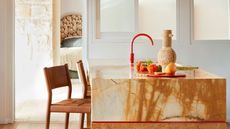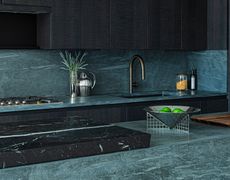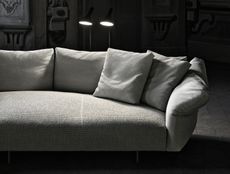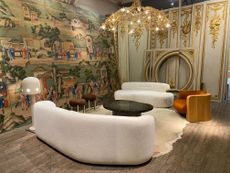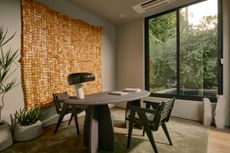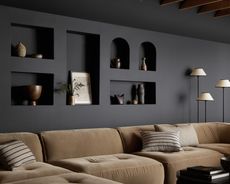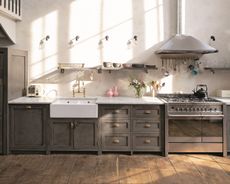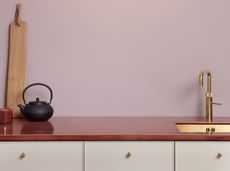From Furniture to Paint — Why "Olive Pits" Might Just be the Next Big Sustainable Design Trend for Your Home
Designers are finding new, and diverse, uses for this emerging bio-material to manufacture products for our homes
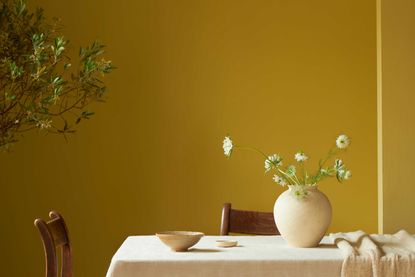

In the search for sustainable materials, almost nothing is off the table. We’ve seen “grown” decor made from mushrooms, leather made from banana skin, even house bricks made from sugarcane. The world’s crops, whether edible or otherwise, is undoubtedly the most expanding arena for material designers to find new ways forward for a more ecological future.
One of our latest discoveries is a food waste that, in our homes, seems so small you may not have ever thought about it as waste at all. While you might enjoy a good bowl of olives, those little pits left over are being transformed into new materials that can be used to create furniture, and more, for your home.
Is this the next big sustainable material? I think it might be — here's how it's being used in decor right now, and what the future might hold for it.
Innovations in paint
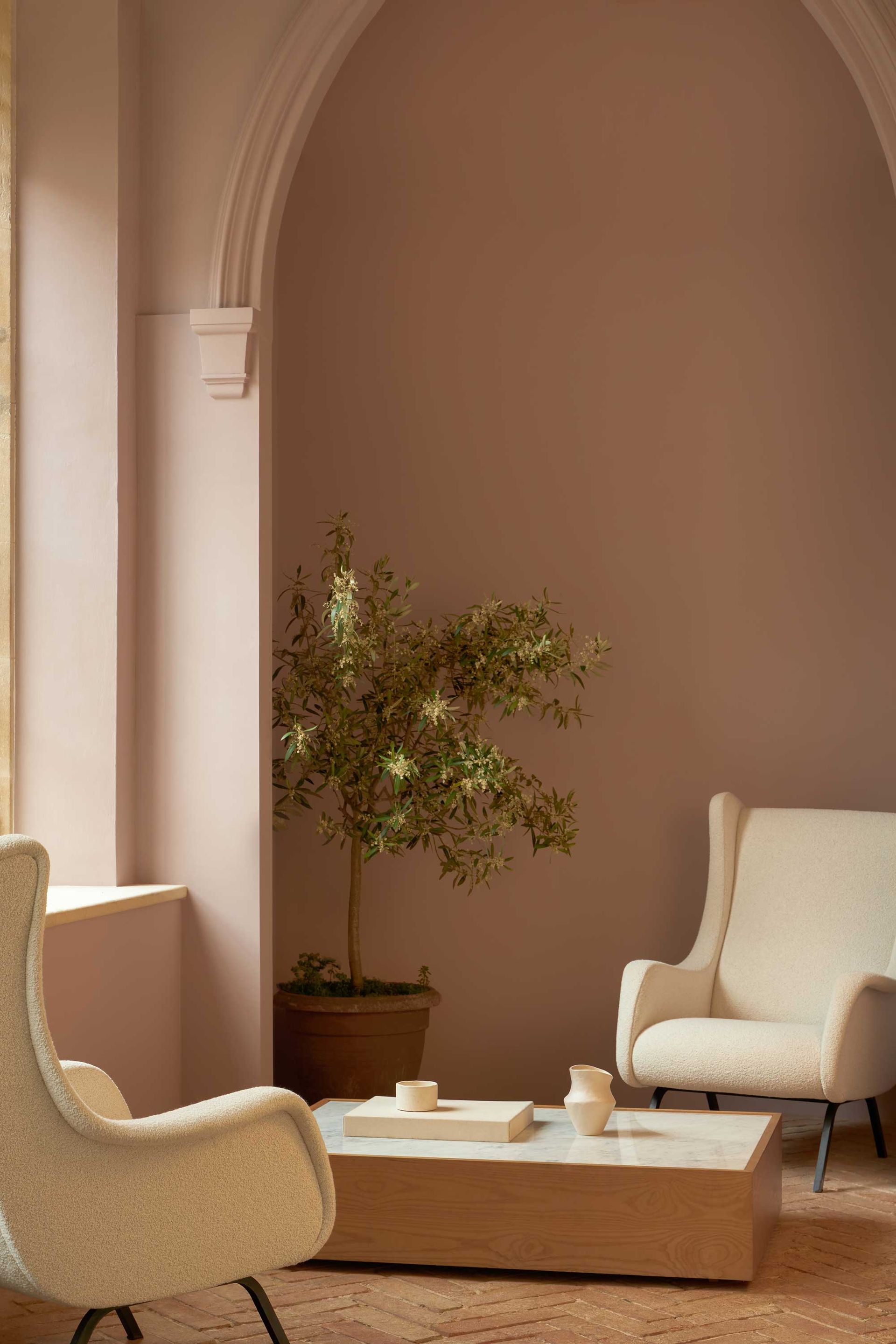
Olive waste isn’t just finding use in material design - there’s a new, novel application for pits that has been innovated in the UK. Paint brand Mylands has launched an ‘Olive Stone Emulsion’, which uses the biomaterial to enhance the paint brand’s eco-offering. 'The olive stone replaces some of the more heavily processed minerals used in traditional paints, such as Calcined Clays,' explains Dominic Myland, CEO of Mylands. 'It not only increases the biobased content of the paint but also reduces the use of materials that are more energy intensive to produce.'
It’s the first, and currently only, paint to be created using olive pits, according to Dominic. 'We are lucky to be able to be able to experiment on a daily basis in our lab in London, which allows us the freedom to explore the possibilities of different techniques and materials. The idea of using olive pits within the paint was an innovative step towards the future.'
Importantly, what does this paint idea look like on your walls? 'Incorporating the olive pits into the emulsion results in a soft pleasing intense matt quality,' says Dominic, also heralding its low-sheen and depth of color.
Turning waste into furniture
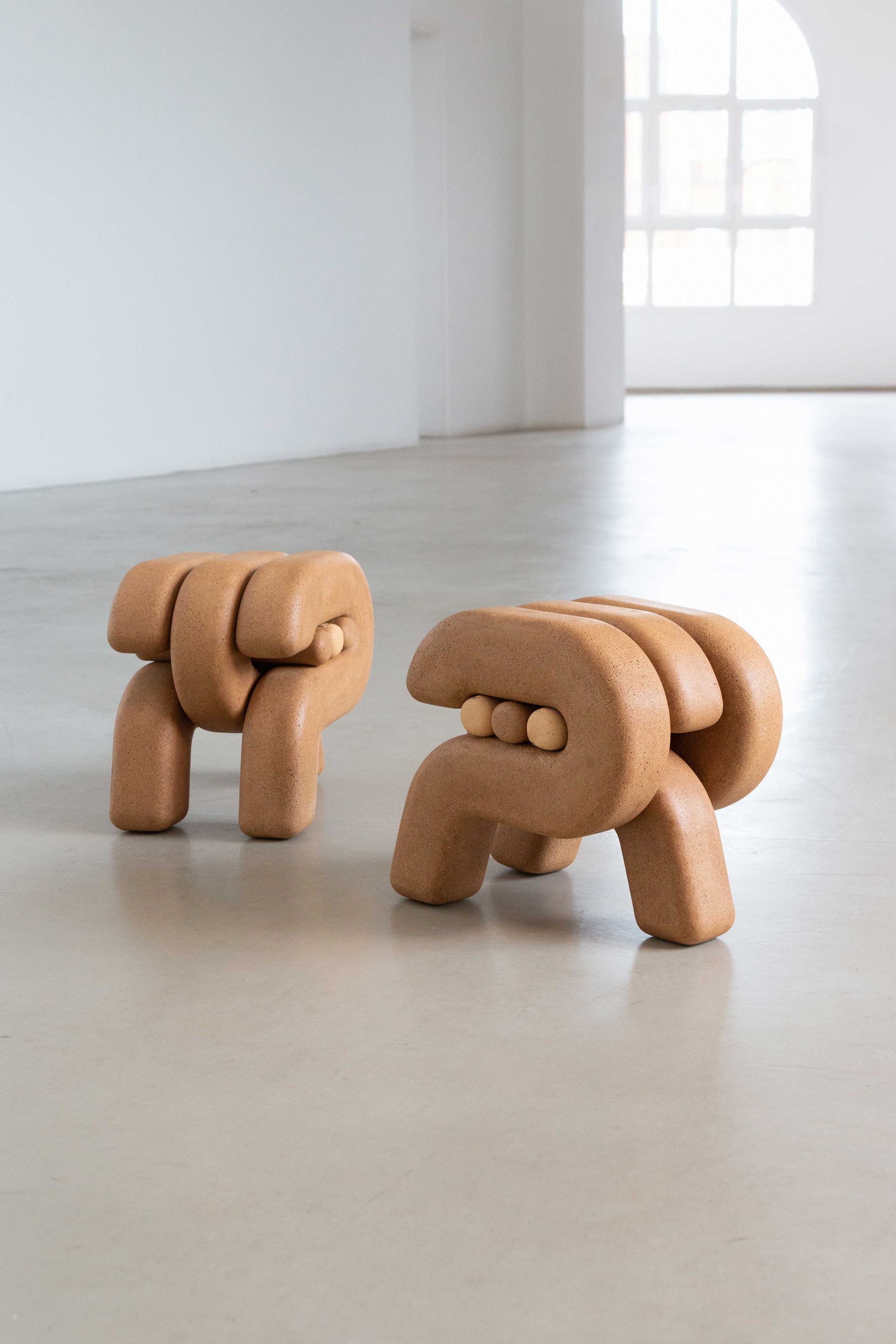
The question of where enough of these olive stones are sourced from has an obvious enough answer: the olive oil industry. According to the International Olive Council, only 10% of the world’s crop each year are for “table olives” - with the other 90% used in the production of olive oil. The majority are sourced from Spain, both for Mylands Olive Stone Emulsion, and many of the fabricators of these innovative biomaterials, such as Naifactory Lab, which produces a range of Reolivar materials, made from “upcycled” olive pits.
Irene Segarra and Irene Martínez, designers who specialize in working with biomaterials together under the name Eneris, were among those invited by Naifactory Lab to explore this materials qualities. Their design, an interactive stool for children called Nontola, has been created in a way to preserve the materials recyclable, compostable nature. 'The material can be composted at the end of its life or returned to NaifactoryLAB for recycling,' the designers explains, 'and the stool's mono-material design makes this particularly straightforward, as there are no other materials or components to separate. This facilitates its production, assembly and, above all, its recycling and the end of life of the product.' It’s a design that can be put together in different ways, and taken apart, almost as much a learning toy for children as it is a piece of furniture, and that’s all thanks to this fixture-less construction.
As well as being a cradle-to-cradle material, thanks to the method of production for this material, it generates less waste in its processes, too. It can be poured into moulds to create complex shapes, without the waste of cutting down larger blocks, while when it is required to be cut down, those shavings can be recycled, too.
While Irene and Irene refer to Reolivar as a 'new natural wood that is easy to shape without the need to cut down trees to obtain it,' Naifactory Lab also manufactures other types of materials from this bio-source, including a type called Reolivar Air, which is translucent and can be used in place of glass or plastic. It can be made flexible, or rigid, as demand requires.
Natural good looks
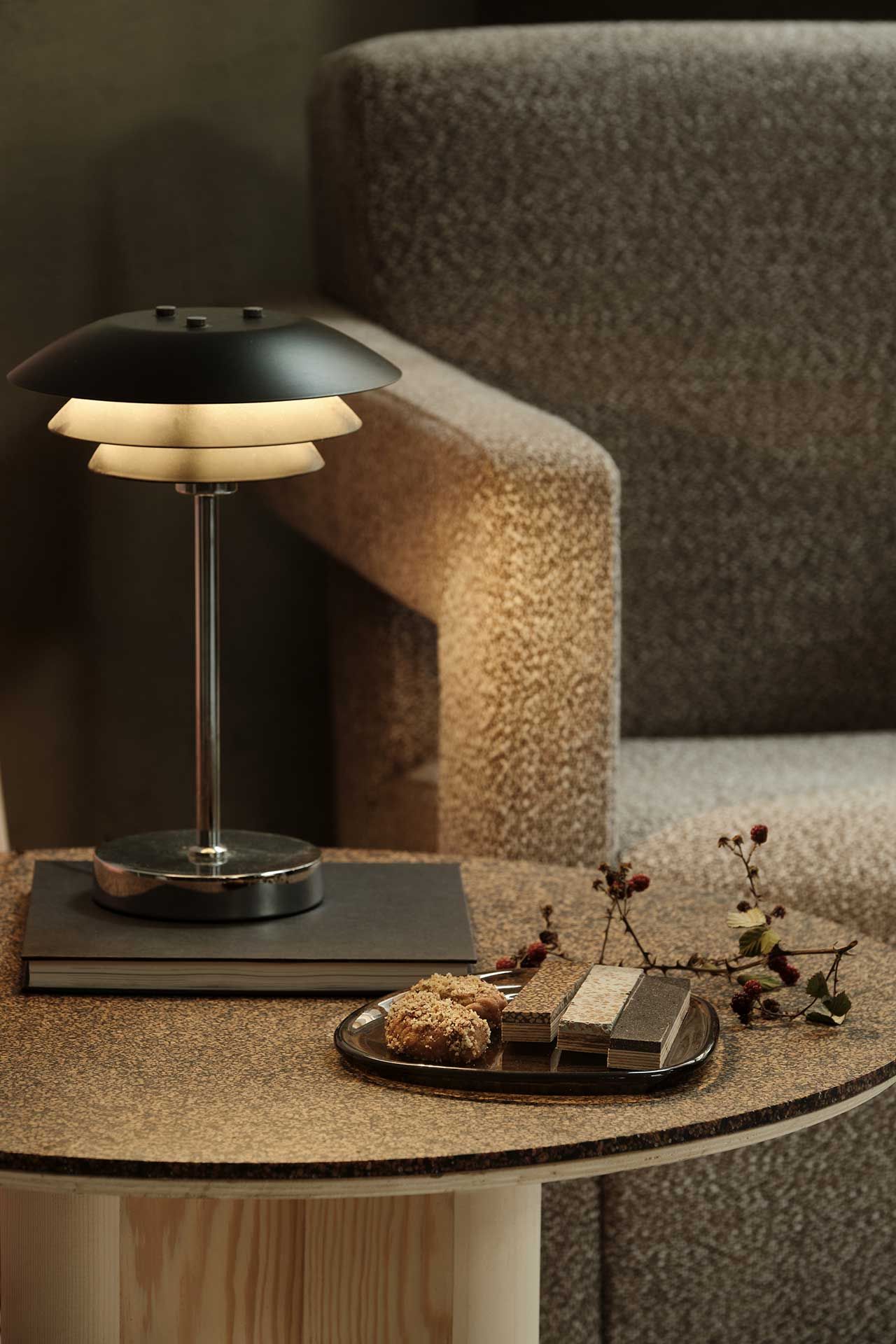
On the island of Lesvos, in Greece, you’ll find another manufacturer of reconstituted olive materials - perhaps unsurprising given the island has more than 11 million olive trees on it. Koukos de Lab create another bio-material from the olive waste created by the industries that use this natural crop, which forms boards that showcase the elements of the olive pit and core. 'Our material’s basic ingredients - the olive pip and the olive core – showcase various features in their primary form, prior to processing,' explain Christos Ververis and Irene Moutsogianni of Koukos de Lab. 'The olive pip is solid, hard and comes in light hues. On the other hand, the olive core differs. It is dark brown and can be easily cut. It resembles to soil and it can be crumbled up even with bare hands.'
The resulting material, Koukoutsi, is strong, durable, water-resistant and has a waterproof surface, and the designers use it to create a range of furniture pieces, as well as selling it in boards as a raw material. It comes in various colors - the dark made from the olive’s darker core, the light from the olive’s “blonde” pip, and a mixed style which shows off a speckled combination of the two.
Where the paint made from olive stones is almost a secret champion of this bio-material, one that makes a great dinner party anecdote if not the first thing guests might remark on when entering your house, these olive biomaterials have their own design character.
Like many of the sheet materials that have come to be distinct in the design of modern homes - think ply, OSB, even material like Valchromat - we can see this material becoming a statement texture in the future - an interior design trend even - and one that belies someone interested in sustainability in design.
3 sustainable buys to consider
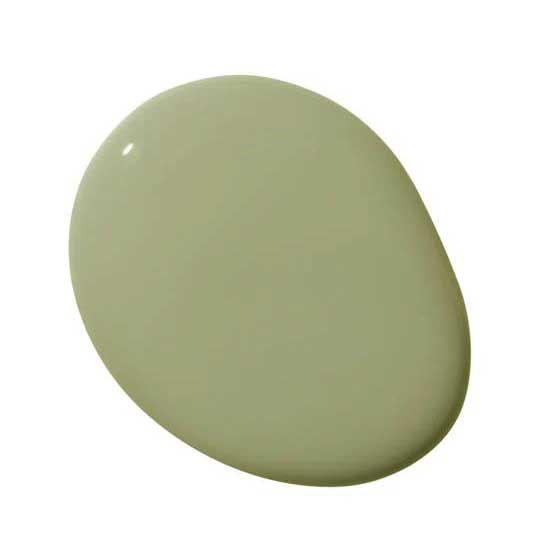
Price: $27
Size: One gallon
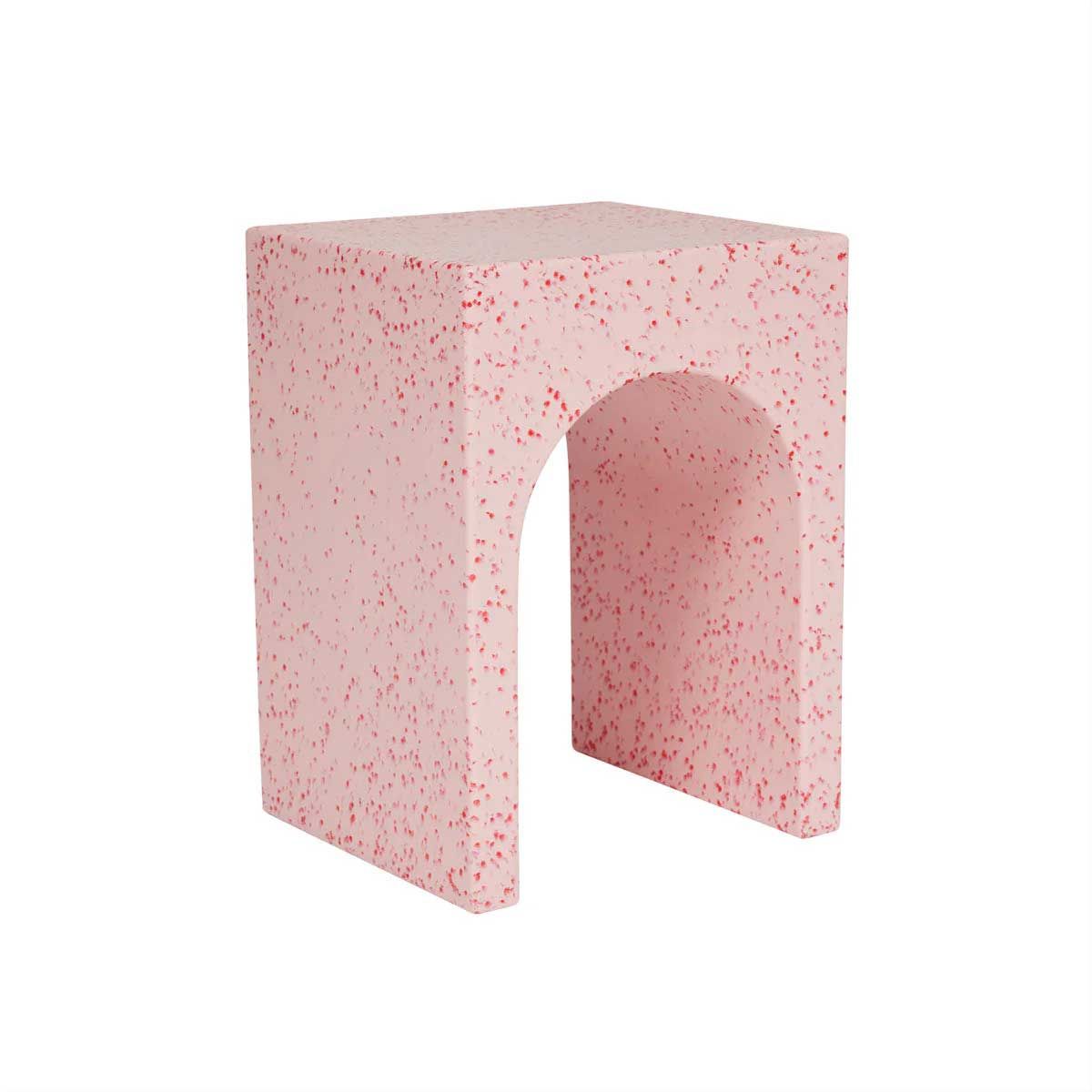
Price: $226
Material: Recycled plastic
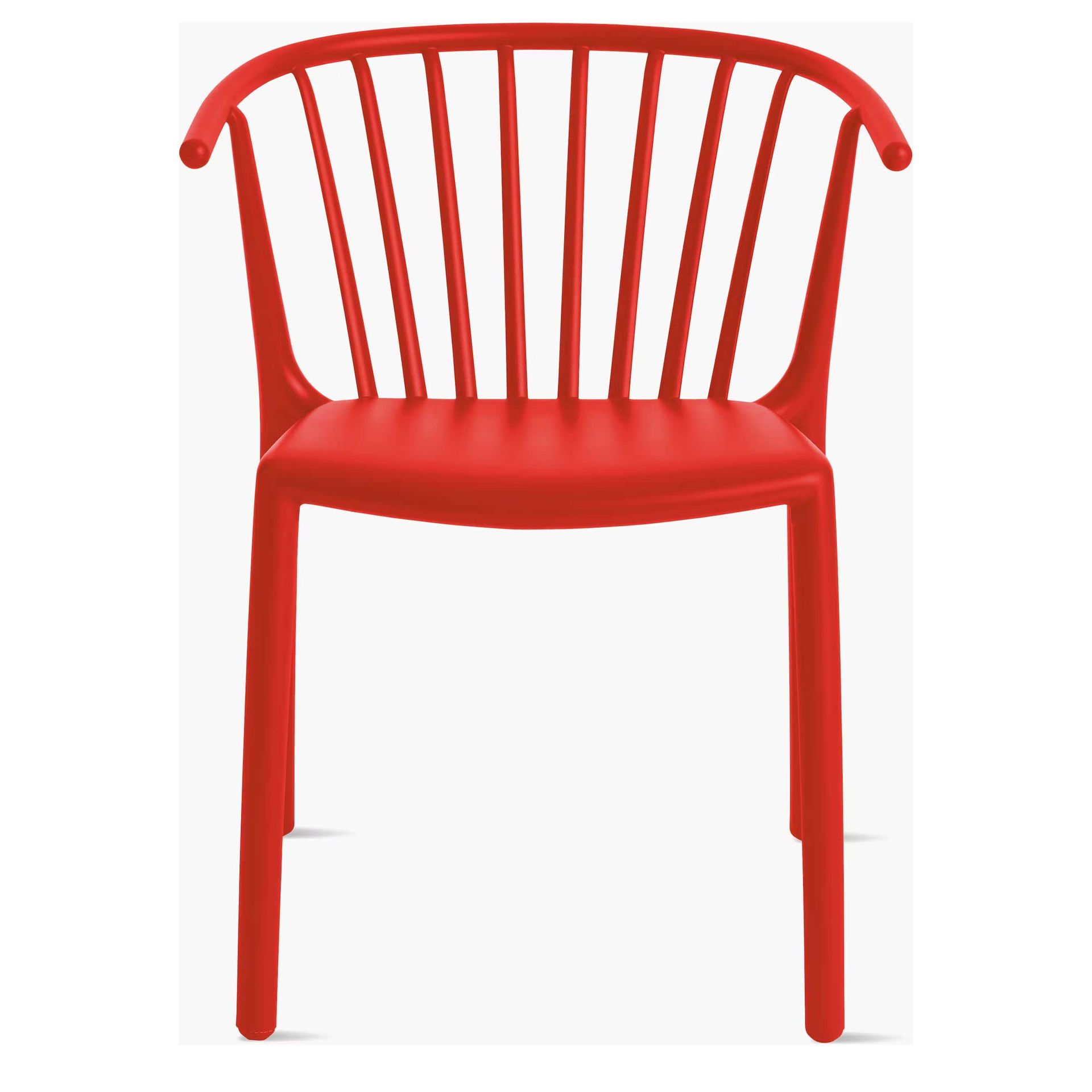
Price: $225
Material: 100% recycled and recyclable polypropylene
Be The First To Know
The Livingetc newsletter is your shortcut to the now and the next in home design. Subscribe today to receive a stunning free 200-page book of the best homes from around the world.

Hugh is the Editor of Livingetc.com. From working on a number of home, design and property publications and websites, including Grand Designs, ICON and specialist kitchen and bathroom magazines, Hugh has developed a passion for modern architecture, impactful interiors and green homes. Whether moonlighting as an interior decorator for private clients or renovating the Victorian terrace in Essex where he lives (DIYing as much of the work as possible), you’ll find that Hugh has an overarching fondness for luxurious minimalism, abstract shapes and all things beige. He’s just finished a kitchen and garden renovation, and has eyes set on a bathroom makeover for 2024.
-
 These 12 Best Table Lamps for Your Desk — Perfect Glows for a Creative Home Office
These 12 Best Table Lamps for Your Desk — Perfect Glows for a Creative Home OfficeThe best table lamps for your desk is have a soft, targeted glow. Elevate your WFH set-up with these stylish picks endorsed by Style Editor Brigid Kennedy
By Brigid Kennedy Published
-
 The Nespresso VertuoPlus is 30% Off for President's Day, and it's Kim Kardashian's Coffee Maker of Choice
The Nespresso VertuoPlus is 30% Off for President's Day, and it's Kim Kardashian's Coffee Maker of ChoiceThis sleek and stylish coffee maker was spotted in Kim's home bar, and you can currently save $60 if you buy yours from Amazon
By Lilith Hudson Published
-
 This New Viral Color Theory is a Genius Shortcut to Elevating Your Home Decor — and Designers Actually Love It
This New Viral Color Theory is a Genius Shortcut to Elevating Your Home Decor — and Designers Actually Love ItThis decorating idea is having a viral moment online, and we've actually spotted it in some of our favorite interior designers' work
By Hugh Metcalf Published
-
 "Waterfall Sinks" are Going Viral — Here's What You Need to Know About This New Kitchen Trend
"Waterfall Sinks" are Going Viral — Here's What You Need to Know About This New Kitchen TrendWaterfall sinks are set to be the next big thing, revolutionizing your day-to-day washing up. Take a look at some of the best out there...
By Imogen Williams Published
-
 "This Will Rival the Camaleonda" — B&B Italia's New Sofa Designs Look Set to be Big 2024 Trends
"This Will Rival the Camaleonda" — B&B Italia's New Sofa Designs Look Set to be Big 2024 TrendsB&B Italia is known for so much more than the Camaleonda, but its sofa has really captured the moment. It's new couch designs will give it some competition
By Pip Rich Published
-
 6 Brand New Design Trends Our Editors Spotted This Week in Paris — "They Make Spaces Feel Elegant and Cozy"
6 Brand New Design Trends Our Editors Spotted This Week in Paris — "They Make Spaces Feel Elegant and Cozy"At Maison et Objet and Paris Deco Off, many of the world's best brands are launching new collections. Here's what has caught our editors' eyes and is setting the trends
By Pip Rich Published
-
 Designers are Embracing This Desk Trend to Totally Shake up Home Office Layouts — It's so Much Better for WFH
Designers are Embracing This Desk Trend to Totally Shake up Home Office Layouts — It's so Much Better for WFHNew year, new you, new desk - what better way to kick off your working year than with a home office refresh...
By Imogen Williams Published
-
 "Near-Black" Wall Paints are The Most Dramatic Way to Decorate for 2024 — Here's How Designers are Using Them
"Near-Black" Wall Paints are The Most Dramatic Way to Decorate for 2024 — Here's How Designers are Using ThemIncorporating splashes of black in your interior is a surefire way to add dramatic ambiance to your home - these are our five favorite examples of the trending shade in action
By Katie Baxter Published
-
 The 5 Metallic Finish Trends Interiors Designers Want you to Know About for 2024
The 5 Metallic Finish Trends Interiors Designers Want you to Know About for 2024Some classic materials are being reinvented with a contemporary twist
By Lilith Hudson Published
-
 I'm Obsessed With This New Kitchen Countertop Trend (I Think It Could Be Replacing Granite!)
I'm Obsessed With This New Kitchen Countertop Trend (I Think It Could Be Replacing Granite!)This is the new kitchen countertop trend to watch – it's so sleek and beautiful
By Oonagh Turner Published


